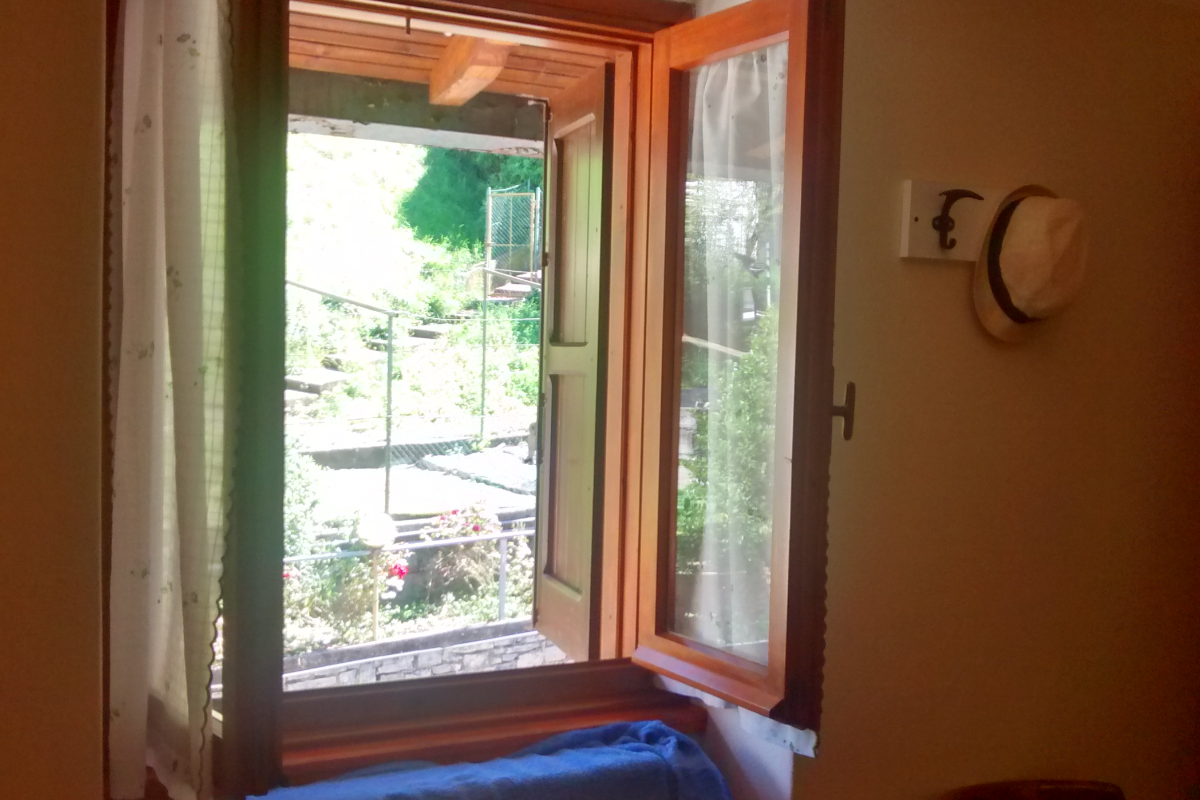- Home
- Scotland's changing climate
- Urban Housing in Scotland
- Maintenance
- Ventilation
- Airtightness
- Insulation
- Lofts - insulation at ceiling level
- Lofts - insulation at rafter level
- Cavity wall insulation
- Solid Walls: Internal vs External Insulation
- Internal Solid Wall Insulation (IWI)
- External Solid Wall Insulation (EWI)
- Timber frame retrofit
- Windows and doors
- Openings in 'historical' buildings
- Openings in 'non-historical' buildings
- Ground floors
- Suspended floors
- Suspended floors - from below
- Suspended floors - from above
- Solid floors
- Insulation materials
- Building science
- Space heating
- Solar energy
- Product Selector
Ours vs Conventional Guidance
Generally, there needs to be guidance about ventilation in typical domestic retrofit projects. If extract fans are not working, an electrician may notify the site foreman and suggest that the unit be replaced or repaired. Still, in many retrofit projects, access to homes is limited. However, there must be an effective ventilation system and the need for one increases if a property is to be better insulated and made more airtight under typical retrofit conditions. Our guidance is to ensure this is the case and take proactive measures where necessary.

Preparation & Specification Considerations
- The existing ventilation system should be reviewed in each property. This review should include all extract units (operational, noise, extract flow rate ideally), all transfer routes (usually beneath doors) and all trickle vents or openable windows providing make-up air. Please note any faulty, stuck or blocked vents. If this review occurs at the pre-contract stage, during initial design and costings, then a reasonable indication of cost for any necessary works can be established early. It makes sense if the review is carried out at the same time as any pre-existing SAP / EPC survey is carried out.
- A typical dwelling should have an extract fan in each wet room, i.e., each bathroom, toilet, utility room and kitchen. Some properties refurbished in the 1970s and 1980s have extract fans only in the bathroom.
- Some ducting may be required to connect internal rooms to outside and must be coordinated with other internal works. Where excessive ductwork or core drilling is needed, combining two or more extract grilles and using a single extract unit is sometimes possible, which then exhausts through a single existing outlet. This can be cheaper and much easier than installing new outlets through roofs and walls at a high level.
- Some units can be switched between intermittent and continuous operation. Switching them to continuous extract is best because this is more effective and creates a more stable environment. If the units cannot be altered and are sufficiently old, ineffective or noisy, then upgrading them to new, quiet and effective continuous extract models might make sense.
- It is common to hear that occupants have switched off or disconnected fans due to what they perceive as excessive noise. While understandable, it can easily lead to stuffiness, condensation and mould problems, so it is worth avoiding from the outset. The problem is often noted with intermittent type fans, which come on at night when going to the toilet. If existing units are considered noisy, this might be a reason to upgrade. Units should be chosen which operate at less than 30 dB. Units operating at 25dB are available, the same as a whisper. An alternative that reduces noise is locating the extract fan remotely from bedrooms and ducting air to the unit if there is space.
Installation
- The extract unit should be installed according to all relevant guidance, including the manufacturer's instructions. It is important that the installation is airtight; it is quite common to see gaps around the extract fans when investigating air leakage.
- All opening windows and or trickle vents should be assessed to ensure that they operate as intended and are easily reached/controlled by the occupants.
- All transfer routes should be checked to ensure that even if partition doors are closed at night, for example, sufficient airflow remains possible beneath (min. 10mm to all doors). It is worth noting that there are potentially contradictory regulations in properties with a central hallway onto which rooms may require fire-resistant door sets. In these cases, the doors themselves are more robust and sealed precisely to resist the passage of fire, but 10mm gaps beneath are considered acceptable and the most common way to adhere to both sets of requirements. Intumescent grilles may also be fine being open generally but closing up in the event of a fire.
- A commissioning sheet should be completed by the installer and included as part of the 'as-built' drawings and final certificates for services.
Alternatives
- A version of the above is to centralise the extract unit. Although this introduces more ductwork, it enables the fan to be located somewhere (such as an attic or cupboard) where it cannot be heard if noise is a problem.
- An improvement on the above is to introduce an element of demand control. This can involve various measures. One is to introduce humidity-sensitive inlets or trickle vents that open more when humidity increases, thereby providing greater make-up air when the need is greatest. This can be combined with various sensor-based systems to increase extract rates when conditions suggest, such as higher humidity, CO2 levels, and temperatures. Demand control does tend to introduce sensors and added complexity but can reduce energy consumption associated with ventilation and make it much more responsive to actual conditions.
Health & Safety
Beyond the safety aspects of wiring in electrical equipment, there are no obvious health or safety risks associated with this kind of work.